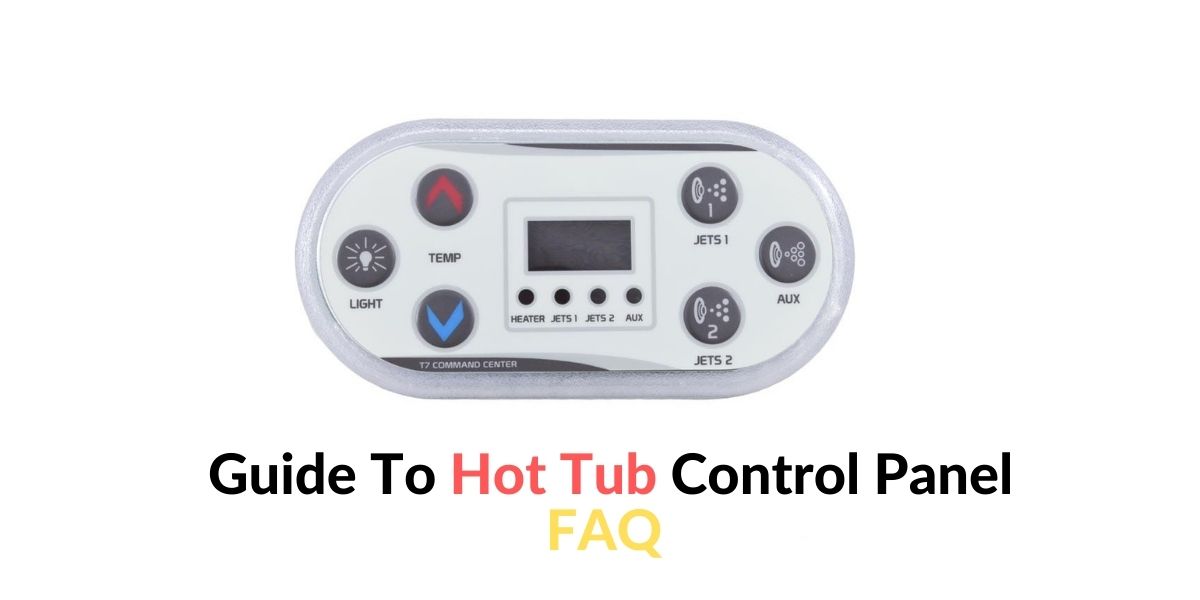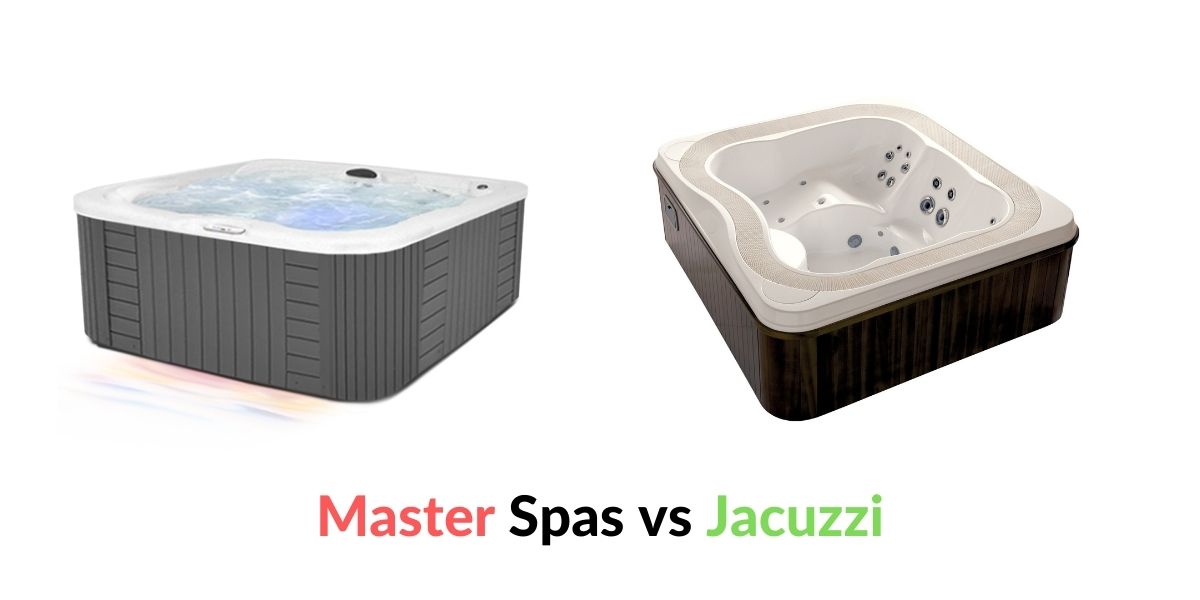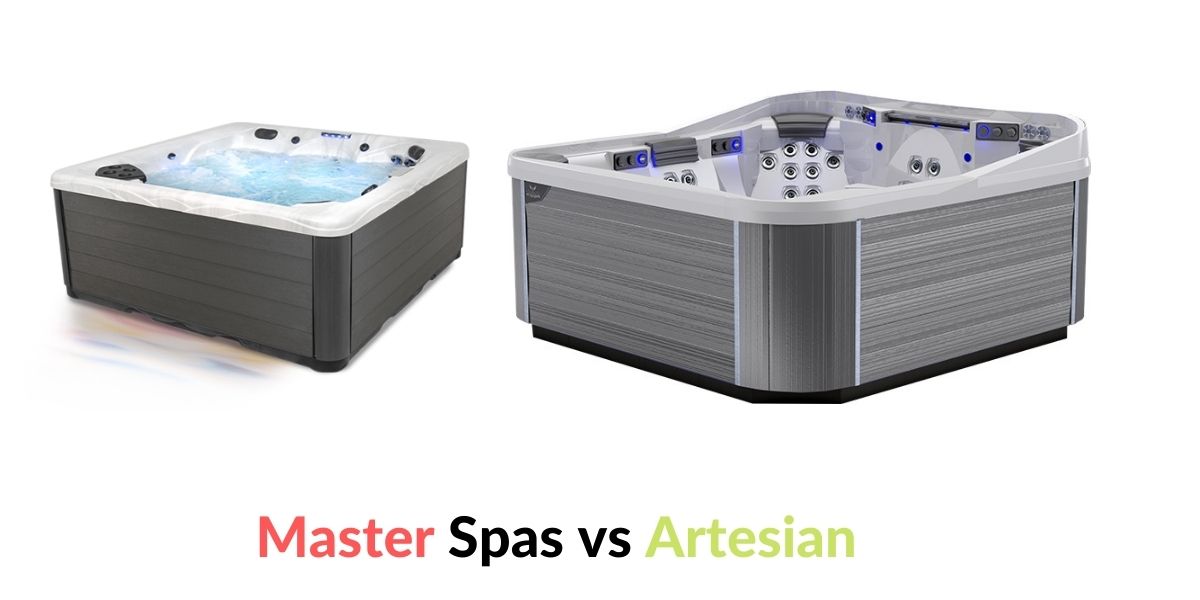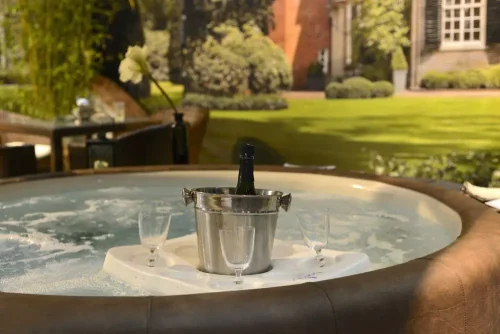How to Fix a Surging Hot Tub Pump?
What are the common causes of a surging hot tub pump?
Common causes of a surging hot tub pump include clogged filters, air locks in the pump, low water levels, or malfunctioning pump valves. Regular maintenance and checking for these issues can help prevent pump surging in hot tubs, ensuring smooth operation and enjoyment. Start with this checklist:
- The Water Level is too low
- There is an Airlock
- The filters are clogged or blocked
- Electrical or The Control Panel is faulty
- The Pump is faulty
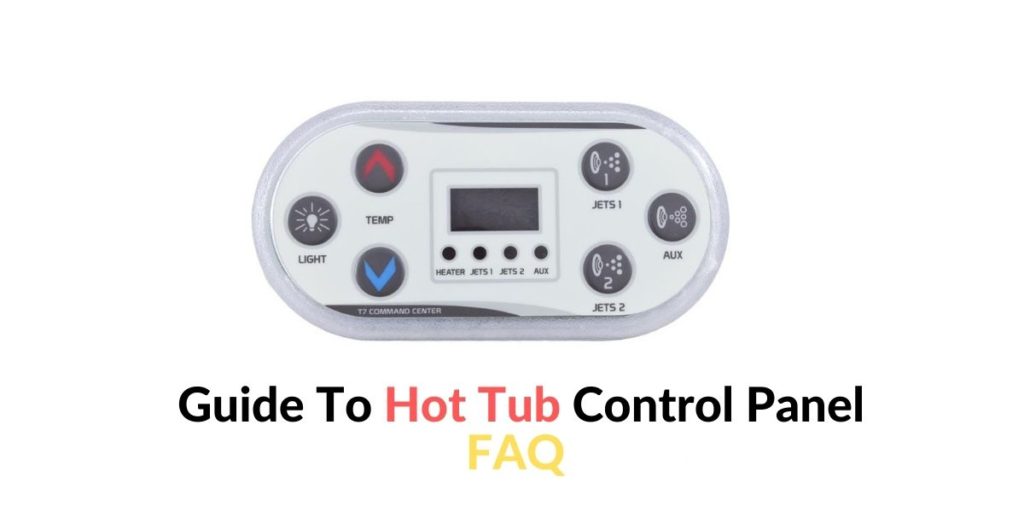
Understanding and Fixing a Surging Hot Tub Pump
Surging in a hot tub pump is a common issue that can disrupt the soothing experience of your spa. This problem often manifests as the water flow from the jets fluctuating between strong and weak, or the pump turning on and off intermittently. Let’s explore the causes of this issue and how you can resolve it to get your hot tub running smoothly again
Common Causes of Surging in Hot Tub Pumps
- Low Water Level: One of the simplest and most frequent causes of pump surging is a low water level in your hot tub. If the water is below the recommended level, air can enter the system, causing the pump to surge as it struggles to maintain a consistent flow. Make sure to keep your water level about an inch above the highest jet (Aqua Living Factory Outlets) (Caldera Spas).
- Airlock: When air becomes trapped in the plumbing system, it can cause the pump to surge. This often happens after draining and refilling the tub. The pump may sound like it’s running, but without a consistent flow of water. To fix an airlock, you may need to bleed the air from the pump manually or perform a priming procedure (Caldera Spas) (Hot Spring Spas).
- Clogged Filters or Blocked Suction Lines: Dirty or clogged filters can restrict water flow, leading to surging. Similarly, blockages in the suction lines or the pump’s impeller can disrupt the water flow. Regular cleaning and maintenance of your hot tub’s filters and inspecting for blockages can prevent these issues (Hot Tubs Report) (Caldera Spas).
- Electrical Issues: Surging can also result from electrical problems. Inconsistent power supply or issues with the hot tub’s control board might cause the heat pump to behave erratically. Check your ground fault circuit interrupter (GFCI) to ensure it’s not tripped and verify that all electrical connections are secure (Aqua Living Factory Outlets) (Caldera Spas).
- Faulty Pump or Components: If the above solutions do not resolve the surging, the problem might be with the pump itself or related components. Worn-out bearings, impellers, or other mechanical parts can cause the pump to surge. In such cases, you might need to replace or repair these components (Hot Tubs Report).
Steps to Fix a Surging Hot Tub Pump
- Check and Adjust the Water Level:
- Ensure the water level is adequate, typically about an inch above the highest jet. Add water if necessary.
- Bleed the Airlock:
- Turn off the power to the hot tub.
- Locate the bleed valve on the pump and slowly open it to release trapped air until water starts to flow steadily.
- Close the valve tightly but do not over-tighten (Aqua Living Factory Outlets) (Hot Spring Spas).
- Clean Filters and Remove Blockages:
- Remove and clean the filters thoroughly. If they are heavily clogged or old, consider replacing them.
- Inspect the suction lines and the pump’s impeller for debris or blockages and clear them out (Hot Tubs Report) (Hot Spring Spas).
- Inspect Electrical Connections:
- Check the GFCI and reset it if tripped.
- Ensure all electrical connections are tight and secure. If you’re unsure, consult a professional to avoid potential hazards (Caldera Spas) (Hot Spring Spas).
- Service or Replace the Pump:
- If the pump continues to surge despite these efforts, you may need to inspect it for mechanical wear or damage. Consider professional servicing or replacement if needed (Aqua Living Factory Outlets).
Preventive Maintenance Tips
- Regularly check and maintain water levels to prevent airlocks.
- Clean and replace filters as part of routine maintenance to maintain water pressure and promote heating
- Inspect electrical connections periodically to ensure they are secure and not damaged.
- Monitor the pump and components for signs of wear and address issues promptly to prevent surging.
By following these troubleshooting steps and maintenance tips, you can keep your hot tub in top condition and enjoy uninterrupted relaxation.
For more detailed guidance on troubleshooting hot tub pump issues, you can explore resources from Hot Tubs Report and Caldera Spas.





